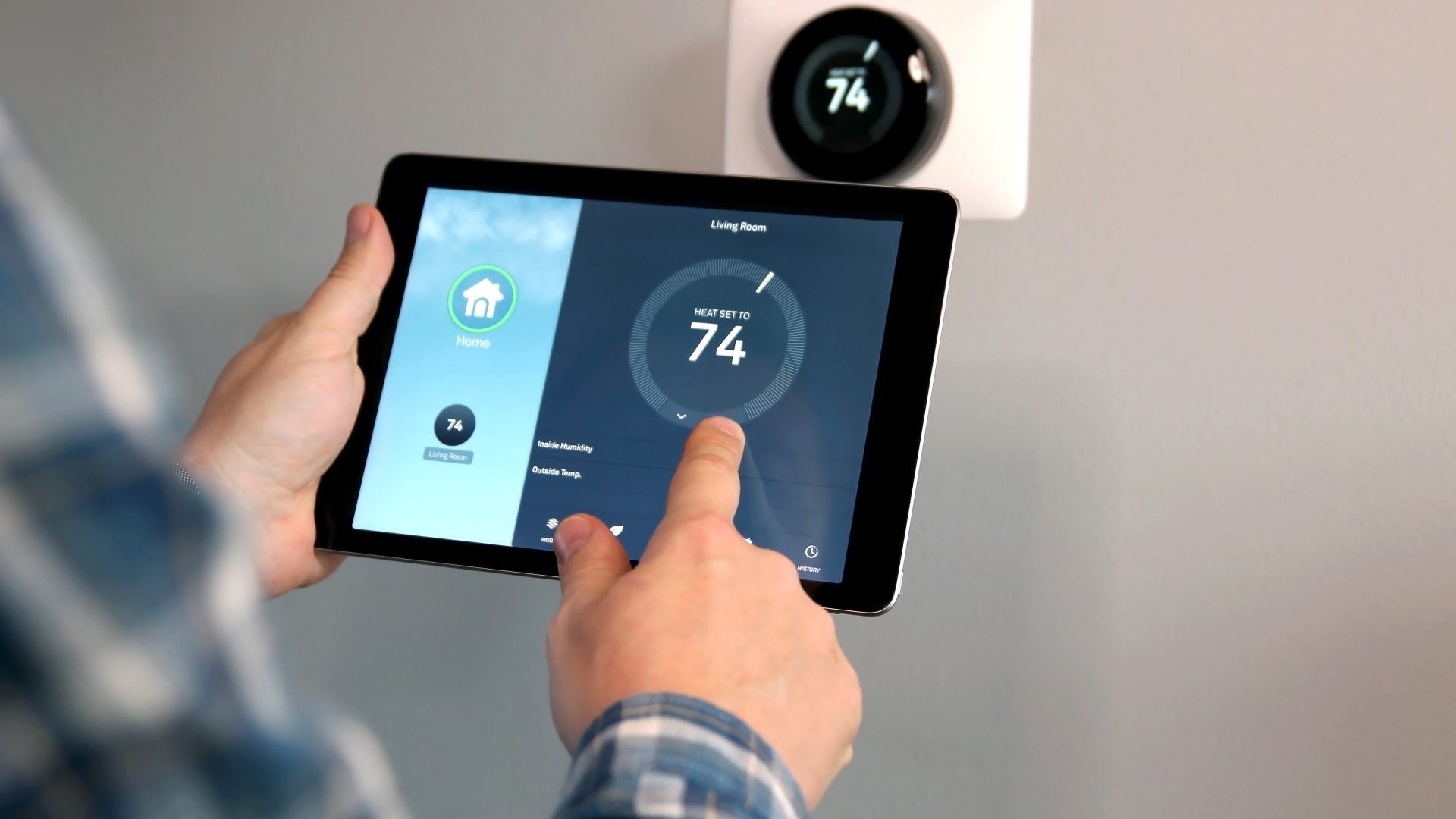When it comes to keeping your home comfortable during the sweltering summers in Texas and Oklahoma, choosing the right air conditioning system is crucial. Two popular options are split and central air conditioning systems. Each has its advantages and disadvantages, and understanding these differences can help you decide what will work best for your home. At Advanced Cooling, we’re here to guide you through comparing split and central air conditioning systems, helping you find the perfect solution for your needs.
Understanding the Basics
Central Air Conditioning Systems
Central air conditioning systems comprise a large outdoor unit that houses the compressor and condenser, connected to an indoor air handling unit via ductwork. This system distributes cool air throughout your home using a network of ducts and vents. Central air is often installed in larger homes, providing a consistent temperature across multiple rooms.
Split Air Conditioning Systems
Split air conditioning systems, often called ductless systems, have two main components: an outdoor condenser unit and one or more indoor air handlers. These systems do not require ductwork, making them ideal for homes without existing ducts or individual room cooling. Each indoor unit can be controlled separately, allowing for customizable comfort.
Key Comparisons
1. Installation Requirements
Central Air Conditioning: Installing a central air system requires significant work, especially if ductwork needs to be added or updated. This can involve modifying walls, ceilings, or even your home’s foundation. The installation process can be time-consuming and may take several days.
Split Air Conditioning: Split systems are generally easier and quicker to install. Since they do not require ductwork, the installation process is less invasive and often completed within a day. The indoor units can be mounted on walls or ceilings, offering flexibility in placement.
2. Cost Considerations
Initial Costs: Central air conditioning systems typically have higher upfront costs due to the need for ductwork and larger equipment. On average, the installation costs can range from $3,000 to $7,000, depending on the size of the system and any modifications needed.
Split Systems: While the initial cost of split systems can be lower, prices vary widely based on the number of indoor units required. A single-zone system may start around $2,000, while multi-zone systems can be more expensive, ranging from $5,000 to $15,000. However, you may save on installation costs since ductwork is not necessary.
3. Energy Efficiency
Central Air Conditioning: Many central air systems are highly efficient, especially those with a high SEER (Seasonal Energy Efficiency Ratio) rating. However, energy loss can occur through ductwork, particularly if it’s not well-insulated or has leaks.
Split Systems: Split air conditioning systems are often more energy-efficient because they eliminate duct losses. Many models have advanced inverter technology that allows variable speed operation, leading to further energy savings. Homeowners may notice lower utility bills with a ductless system.
4. Cooling Flexibility
Central Air Conditioning: This system provides consistent cooling throughout the home, making it suitable for larger spaces where uniform temperature control is desired. However, it may not allow for individualized temperature settings in different rooms.
Split Systems: These allow you to control the temperature in individual rooms. This feature is especially beneficial for households with varying comfort needs or for rooms that are used infrequently.
5. Aesthetics and Space Considerations
Central Air Conditioning: The indoor components are typically hidden within the ductwork, resulting in a clean, unobtrusive look. However, the installation of ducts can take up valuable space.
Split Systems: Split systems’ indoor units are visible, which some homeowners may find less aesthetically pleasing. However, they come in various styles and can be mounted in ways that minimize their visual impact.
Conclusion
Choosing between split and central air conditioning systems depends on your home’s layout, budget, and cooling needs. Central air conditioning is ideal for larger homes that already have ductwork and require consistent temperature control. In contrast, split systems offer flexibility and energy efficiency, particularly for homes without existing ducts.
At Advanced Cooling, we understand the importance of selecting the right system for your comfort and efficiency. Since 2001, we have provided professional heating and cooling solutions in Texas and Oklahoma, delivering friendly and affordable service. Call us today if you’re considering an air conditioning installation or need help deciding between split and central systems. Our experienced team is here to help you make the best choice for your home!
Advanced Cooling is the premier choice for HVAC services in Texas and Oklahoma. With a team of highly trained and certified technicians, we have the expertise to handle all of your heating, ventilation, and air conditioning needs. Our commitment to customer satisfaction is unmatched, and we always go above and beyond to ensure that your experience with us is positive. We use only the highest quality parts and equipment to ensure that your HVAC system is running at peak performance. Plus, we offer competitive pricing and flexible scheduling to fit your needs. Choose Advanced Cooling for all of your HVAC needs in Texas and Oklahoma.
